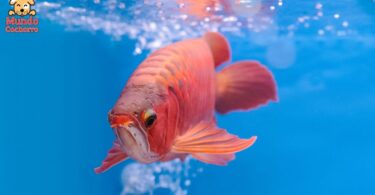Hamsters are a very popular pet because they often require simple care and can bond with their caretakers. In general, a hamster will groom itself and to keep itself clean it will give itself an occasional sand bath. But on some occasions they may require assistance in their hygiene.
This is the case with some types of long-haired hamsters, such as the Teddy Bear. While it may require additional baths to maintain its hygiene, it may also require additional baths as it ages and loses mobility.
Tips for bathing your hamster
Hamsters do not usually require additional bathing with soap and water unless otherwise instructed by your veterinarian. In fact, these cute little animals are quite neat. However, sometimes you may be able to help him clean his rear end of urine or fecal matter that may be caked on. If you don’t remove them, they could have urinary or reproductive problems. In this case, you can clean your pet with a wet wipe or a warm cloth.
Now, if you need to bathe your hamster with soap and water, you can follow the following tips:
- Temperature. The bath water should be warm enough not to cause hypothermia, but it should not burn either. You can test it on the inside of your wrist or elbow to make sure it is the right temperature. It should be warm and not burn.
- Shampoo. The shampoo you use for bathing should be suitable and formulated for use by hamsters. Be careful not to get it in the mouth or eyes.
- Environment. It is important that at the time of bathing there are no drafts in the room. For example, it can be a bathroom that is warm and enclosed so that your pet does not catch a cold.
- Container. To bathe your hamster you can use a container that can be easily washed. The sides should be high enough so that it cannot escape from the container.
- Water level. The water should be at a level that allows you to stand up without having to swim. This is approximately over the shoulders. This way, you won’t be afraid or stressed about the amount of water.
- Drying. After bathing him, making sure he does not get cold, panic or get water in his mouth or ears, dry him quickly with a towel. Once it is nice and dry and warm, you can put it back in its habitat.
Sand bath
Sand bathing is an activity that hamsters enjoy very much. In addition, it serves to maintain their fur and other benefits. In the wild, hamsters often roll, dig and play in clean sand. In fact, sand baths decrease the natural oils and dirt that may have accumulated in the coat.
In captivity, it is a good idea to provide a space for your hamster to enjoy this activity.
Image courtesy of https://pixabay.com, all rights reserved.








